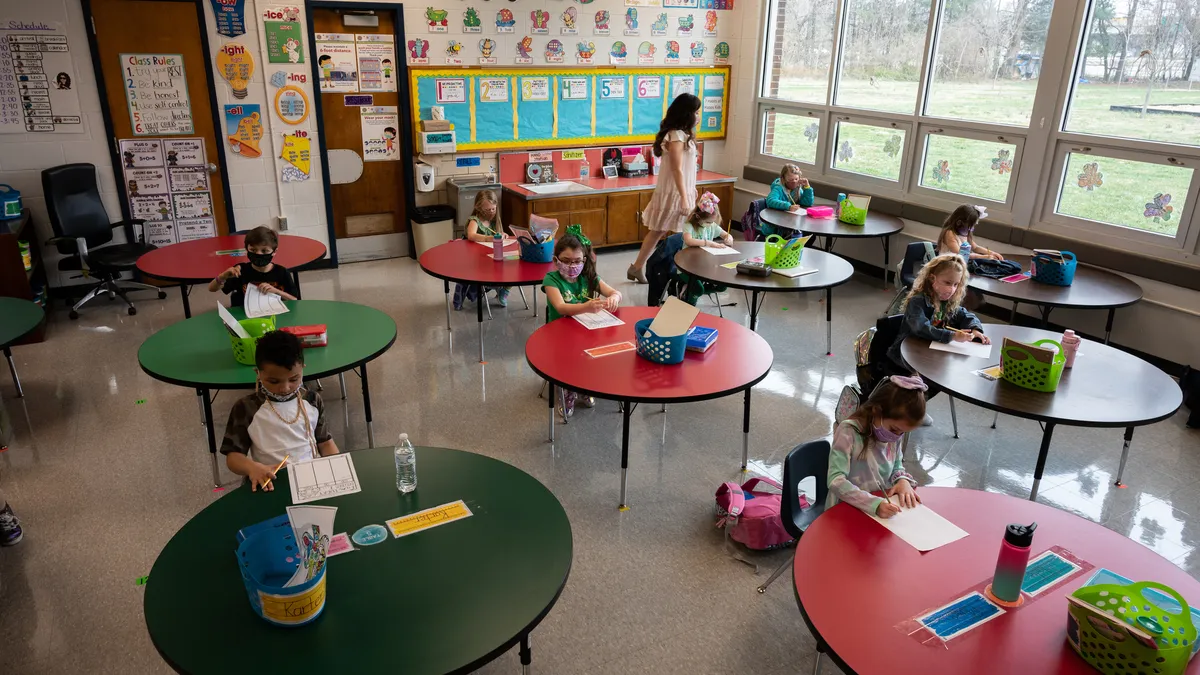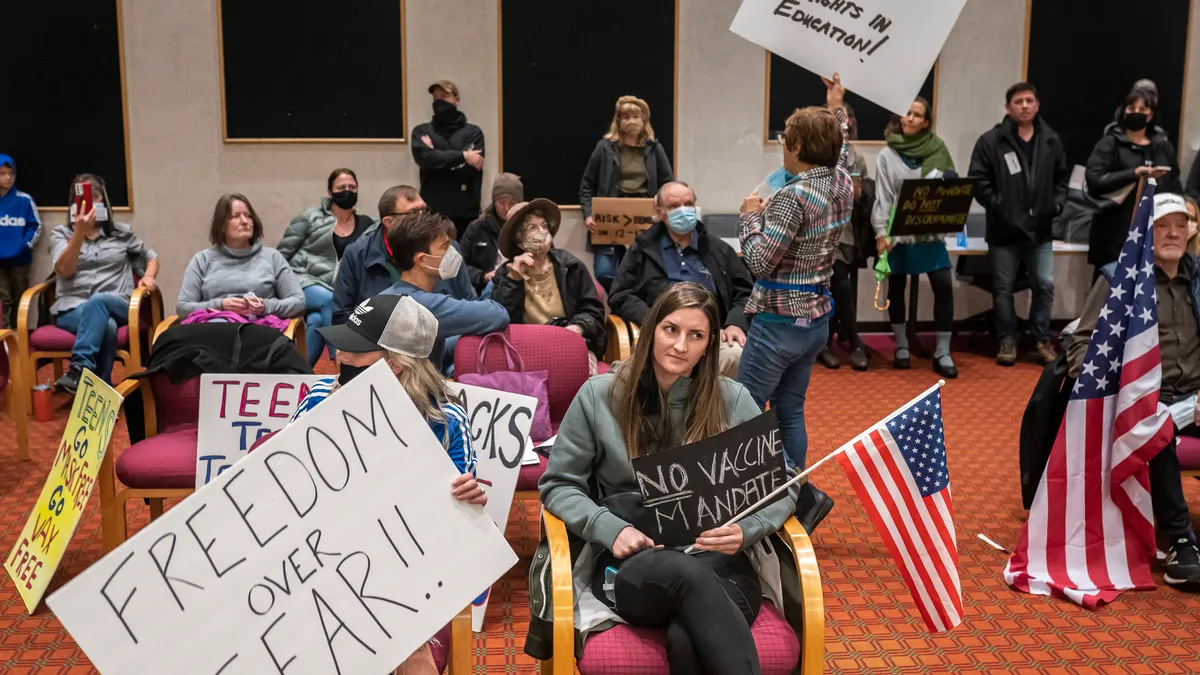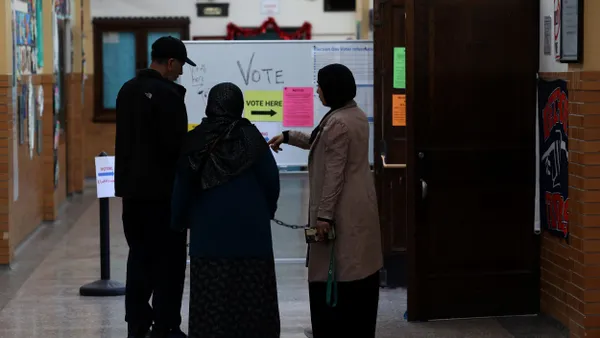New York Gov. Kathy Hochul signed legislation last week limiting class sizes in New York City Public Schools, the nation's largest school system with 1 million students.
The news was welcomed by the United Federation of Teachers, the city's teacher union, which has long advocated for lower teacher-to-student ratios. "For decades, New York City parents and teachers have been fighting for lower class sizes," said Michael Mulgrew, union president, in a statement. "We now have something to celebrate."
New York City Public Schools will be required to cap classrooms at 20 students in grades K-3, 23 students in grades 4-8, and 25 students in grades 9-12.
The decision, which is an unfunded mandate, has been met with pushback from city officials despite support from the teacher union. During a Monday briefing, Mayor Eric Adams, alongside New York City Schools Chancellor David Banks, said New York City was singled out in the legislation.
"I understand and respect the class size issue, but I believe the way this was done was ill-advised," Adams said. "Clearly, we should use taxpayers' dollars to focus on equity — not equality, equity. There are certain school districts that need more."
The decision, Adams added, takes away "the chancellor's ability to focus on where the problem is" and may make the city reconsider existing education programs to fund the new requirement.
"We're not sure," Adams said. "The chancellor's looking at that with his team. But when you look at the challenges we have in front of us, this decision was a major decision to make this unfunded mandate."
Hochul delayed full implementation of the new class size legislation by a year to September 2028 rather than the original deadline of September 2027. A five-year phase-in will begin September 2023.
Class size reduction has been linked to positive outcomes like improved student behavior, fewer high school dropouts, higher teacher morale and higher student achievement.
A widely-cited 1999 study from Tennessee showed kindergarten students assigned to small classes of 13 to 17 until 3rd grade surpassed test scores of students in larger classes of 22 to 25. On average, performance on standardized tests increased by four percentile points the first year students were in smaller classes, and by about one percentile point in later years. The benefits were especially pronounced for minority students and those receiving free or reduced-price lunch.
Another study from 2009 concluded that "class size reduction appears to be an intervention that increases the achievement levels for all students while simultaneously reducing the achievement gap.”
As schools look for interventions to accelerate learning and bridge gaps widened by the pandemic, many districts have spent federal COVID-19 recovery funds on hiring more teachers and reducing class sizes, according to Edunomics Lab, an education finance research center at Georgetown University.







 Dive Awards
Dive Awards






